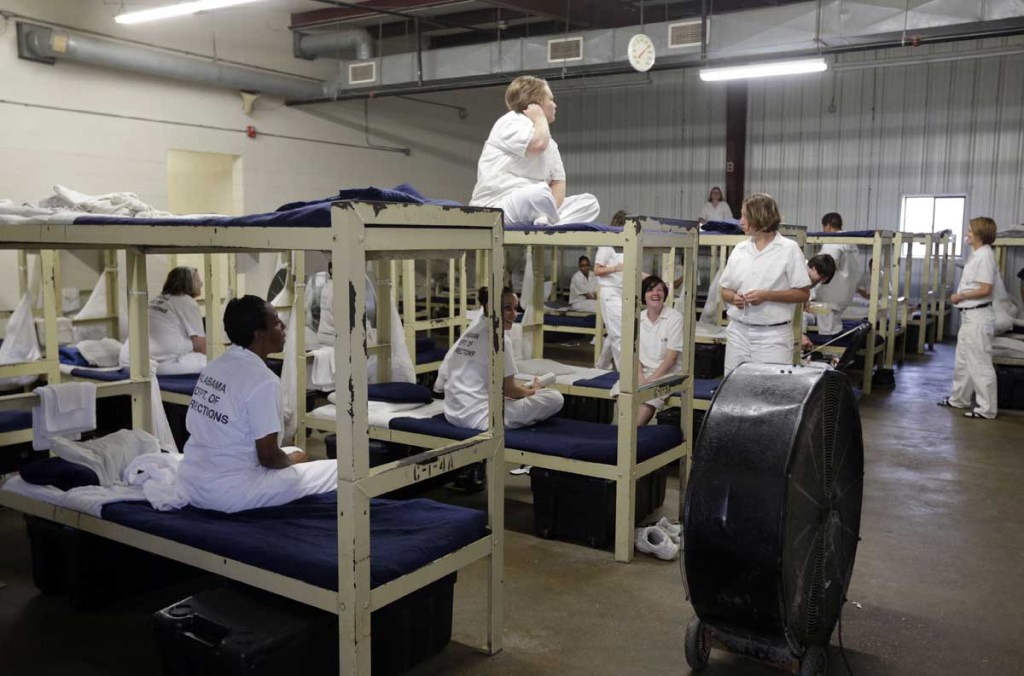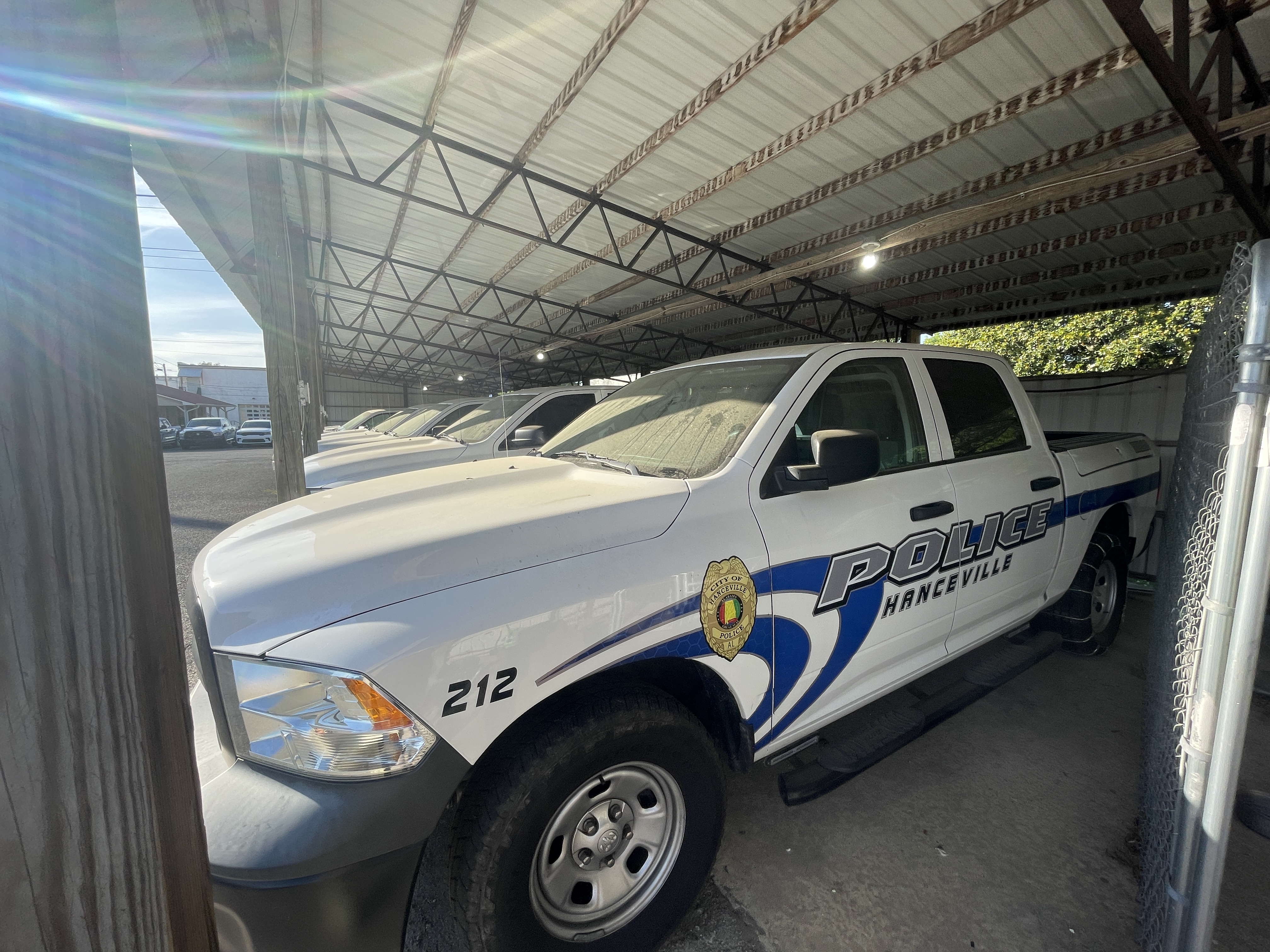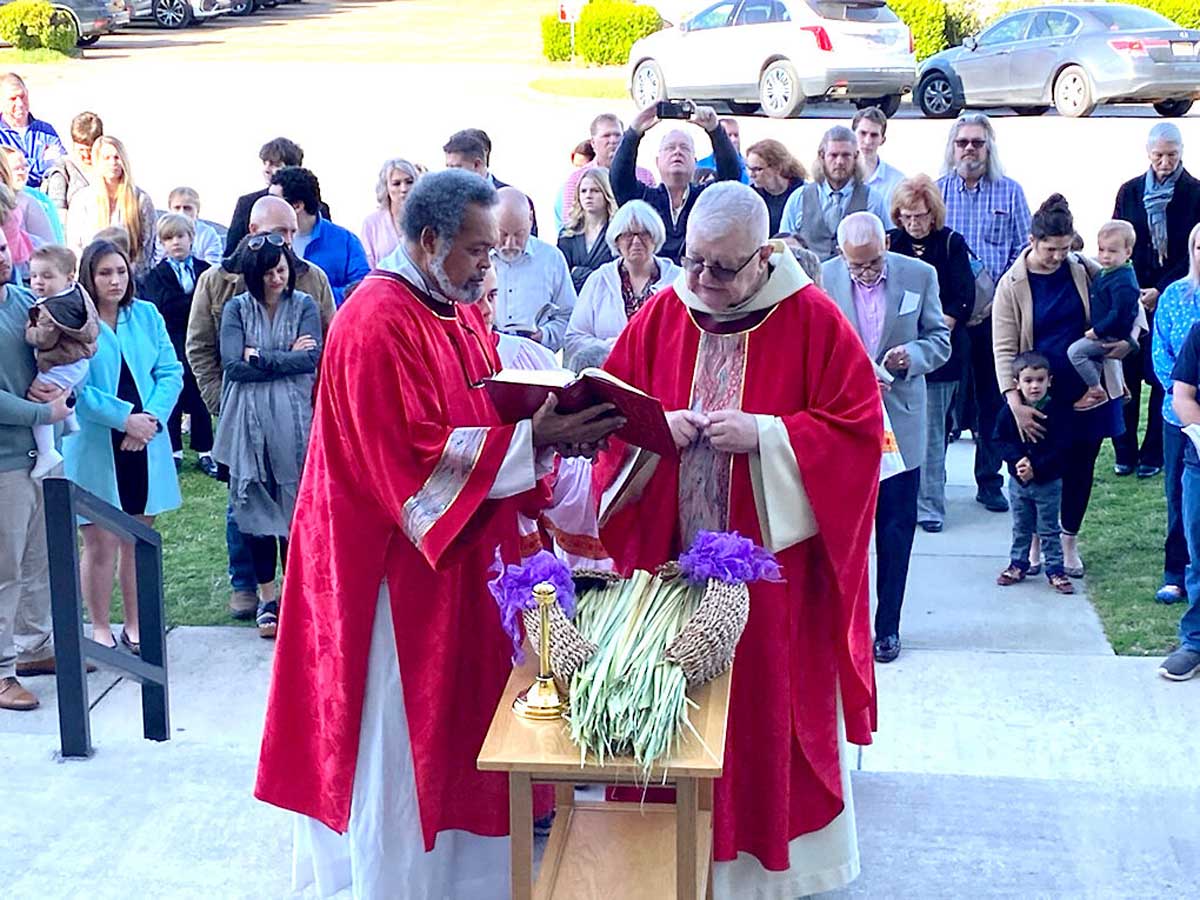OUR VIEW: Alabama’s prison blues
Published 10:04 am Friday, January 27, 2017

- In this Monday, Sept. 23, 2013 photo, inmates sit on their bunks in a dorm at Tutwiler Prison for Women in Wetumpka, Ala.
Unfortunately, Alabama has its share of negative connotations: Many residents are too fat, so we claim the title of being the most obese state in the nation; our schools are up and down as far as education quality, ranking the state among the lowest in national educational surveys; and the exodus of many of the most-educated and capable citizens, especially young professionals, force people to leave the state for better opportunities.
However, Alabama is among the best when it comes to tossing people into prison.
Many of these individuals deservedly get prison time because they have committed crimes that harm or endanger others, including murder, rape, trafficking drugs, theft and robbery, to name a few. But not all inmates are particularly harmful to others. In fact, many stand as their own worst enemy because of addiction or a twist of fate. Nevertheless these non-violent offenders will find themselves behind bars with no help available – and the cycle begins.
As a result of Alabama’s tough-on-crime position, our outdated prison system houses 23,000 inmates in facilities built for 13,000. State Corrections Commissioner Jeff Dunn told legislators this week that continuing to operate in this overcrowded, outdated system threatens the safety of an understaffed prison guard and inmates.
Many state lawmakers, including the Cullman County delegation, are rightfully not satisfied with Gov. Robert Bentley’s proposal to float an $800 million bond issue to build four new men’s prisons and one for women. No one is certain if the governor’s plan will save money or provide greater safety.
Certainly, if the prisons are equipped with updated technology, more safety measure will be afforded guards. But will new prisons just create greater costs for the financially-strapped state coffers? If Alabama continues to herd people into prisons at current rates, the problem of overcrowding will return not long after, or maybe even before, construction is complete.
One fear as the federal government scrutinizes conditions in Alabama’s correctional system is the state will soon lose control. That means the federal government will decide how to update the crumbling system, which might bring an even higher price tag to taxpayers.
In fairness to state lawmakers, they need better information on how new prisons can effectively address the problem. At the same time, government needs to look at how to reduce the overall prison population, provide effective probationary programs and guidance to make released inmates employable and sustainable in society. We all understand no one has cornered a successful rehabilitation market, but some measures practiced in other states have found success.
The issue of fixing Alabama’s prison overcrowding is about more than funding. We believe, like most of you, that if someone commits a crime, they should do the time. However, the ever-present system of “lock ‘em up” may need to be tempered for non-violent offenders so we can start to reverse the trend of losing too many able-bodied citizens to drugs and petty crime when they should be living in a state that offers economic hope.





